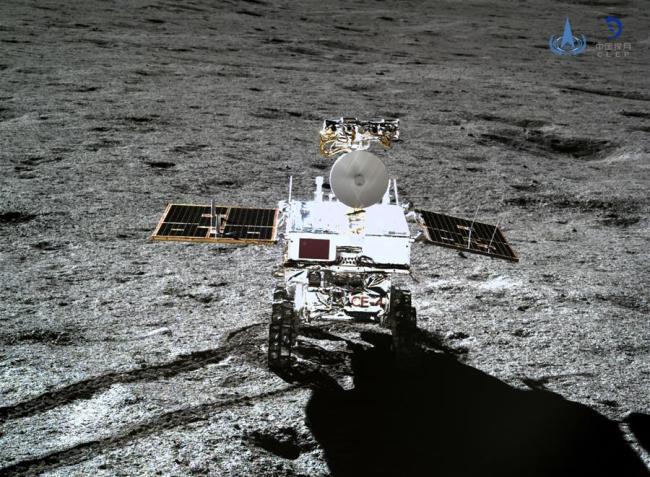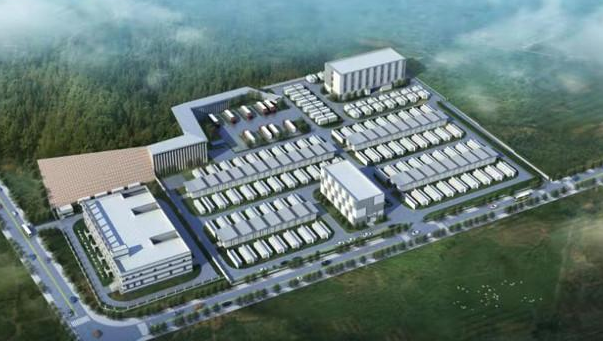continued ...
Change is coming. Two months after my visit, power companies in coastal Jiangsu province struck a deal to buy power from Gansu’s largest wind farm via another UHV DC line. And last November, State Grid began building a UHV DC line from Qinghai province to move even more of Gansu’s renewable generation. Meanwhile, the NDRC is stoking demand by mandating minimum rates of renewable energy use by each region.
State Grid’s long-term goal to interconnect its regional grids should also reduce curtailment, experts say. Zhang Ning, an authority on renewables integration at Tsinghua University, points out that the Southwest grid’s hydropower can balance the fluctuations in the Northwest’s wind and solar output. “If we interconnect the West, curtailment of wind power there can be reduced from more than 20 percent to 5 percent,” he estimates, and both regions’ use of coal can also be cut.
Even as State Grid irons out the kinks in its UHV grids, the company is pushing its equipment and expertise abroad. It has led the creation of nine UHV standards through the International Electrotechnical Commission and the IEEE—a move that researchers at Argonne National Laboratory, in Illinois, warned would help Chinese suppliers “crowd others out of the global market” [PDF].
State Grid is already working on its first international UHV DC project: a pair of 800-kV lines to move power from Brazil’s Belo Monte megadam. But subsequent UHV sales have been slow to materialize. That may be because most countries do not yet need, or cannot afford, a 1,000-kV AC or DC line.
Undaunted, former State Grid chairman Liu is now crusading to build transcontinental and intercontinental UHV grids. The same technology that went into building the 1,100-kV line from Xinjiang to Anhui could efficiently move power up to 5,000 kilometers. “If we just turn that line around to point west, we are getting close to Europe. So the technology is available,” says Magnus Callavik, general manager of ABB Sifang Power System, a Beijing-based joint venture between Swiss power-engineering giant ABB and China’s Sifang Automation.
Callavik says he is convinced that continental-scale UHV DC will happen, sooner or later. In a world that must decarbonize, figuring out how to balance variable energy supplies such as solar and wind generation with regional loads is a growing concern. “Transmission is a very cost-efficient way of doing that,” says Callavik.
In China the question is how quickly State Grid will overcome the technical and political obstacles that are holding back UHV’s carbon-slashing potential. If the country continues to rely heavily on coal power, importing that power over thousands of kilometers will help clear the air in China’s eastern megacities. But the country’s carbon footprint will remain unchanged, and the benefits for the global climate will be nil. Mobilizing gigawatts of renewable power over a UHV grid, on the other hand, promises a real change, for China and the world.
This article appears in the March 2019 print issue as “A Grid as Big as China.”
Change is coming. Two months after my visit, power companies in coastal Jiangsu province struck a deal to buy power from Gansu’s largest wind farm via another UHV DC line. And last November, State Grid began building a UHV DC line from Qinghai province to move even more of Gansu’s renewable generation. Meanwhile, the NDRC is stoking demand by mandating minimum rates of renewable energy use by each region.
State Grid’s long-term goal to interconnect its regional grids should also reduce curtailment, experts say. Zhang Ning, an authority on renewables integration at Tsinghua University, points out that the Southwest grid’s hydropower can balance the fluctuations in the Northwest’s wind and solar output. “If we interconnect the West, curtailment of wind power there can be reduced from more than 20 percent to 5 percent,” he estimates, and both regions’ use of coal can also be cut.
Even as State Grid irons out the kinks in its UHV grids, the company is pushing its equipment and expertise abroad. It has led the creation of nine UHV standards through the International Electrotechnical Commission and the IEEE—a move that researchers at Argonne National Laboratory, in Illinois, warned would help Chinese suppliers “crowd others out of the global market” [PDF].
State Grid is already working on its first international UHV DC project: a pair of 800-kV lines to move power from Brazil’s Belo Monte megadam. But subsequent UHV sales have been slow to materialize. That may be because most countries do not yet need, or cannot afford, a 1,000-kV AC or DC line.
Undaunted, former State Grid chairman Liu is now crusading to build transcontinental and intercontinental UHV grids. The same technology that went into building the 1,100-kV line from Xinjiang to Anhui could efficiently move power up to 5,000 kilometers. “If we just turn that line around to point west, we are getting close to Europe. So the technology is available,” says Magnus Callavik, general manager of ABB Sifang Power System, a Beijing-based joint venture between Swiss power-engineering giant ABB and China’s Sifang Automation.
Callavik says he is convinced that continental-scale UHV DC will happen, sooner or later. In a world that must decarbonize, figuring out how to balance variable energy supplies such as solar and wind generation with regional loads is a growing concern. “Transmission is a very cost-efficient way of doing that,” says Callavik.
In China the question is how quickly State Grid will overcome the technical and political obstacles that are holding back UHV’s carbon-slashing potential. If the country continues to rely heavily on coal power, importing that power over thousands of kilometers will help clear the air in China’s eastern megacities. But the country’s carbon footprint will remain unchanged, and the benefits for the global climate will be nil. Mobilizing gigawatts of renewable power over a UHV grid, on the other hand, promises a real change, for China and the world.
This article appears in the March 2019 print issue as “A Grid as Big as China.”




